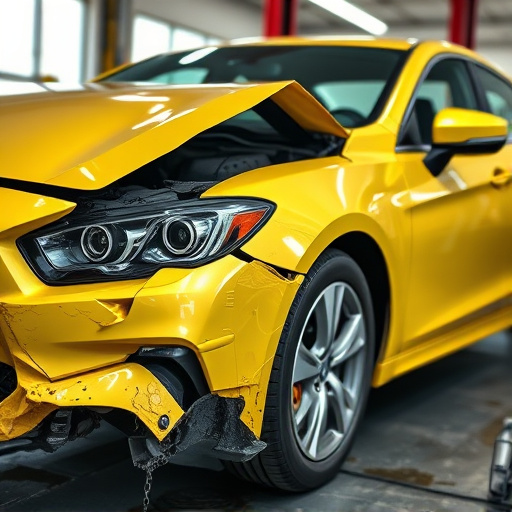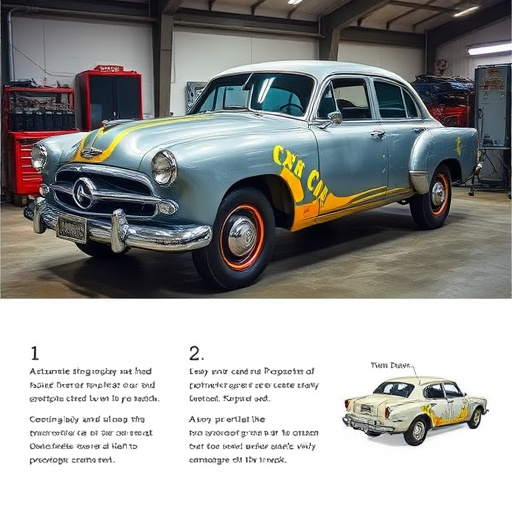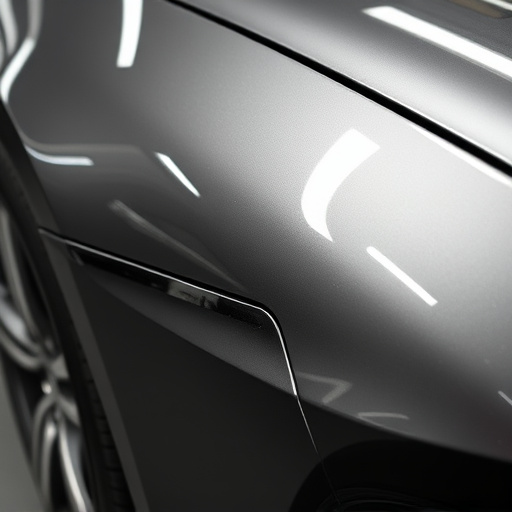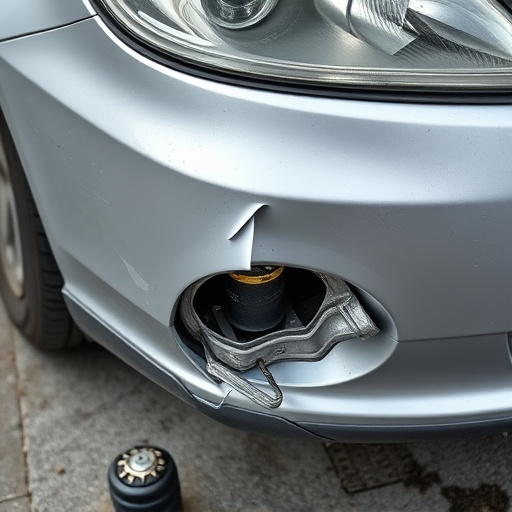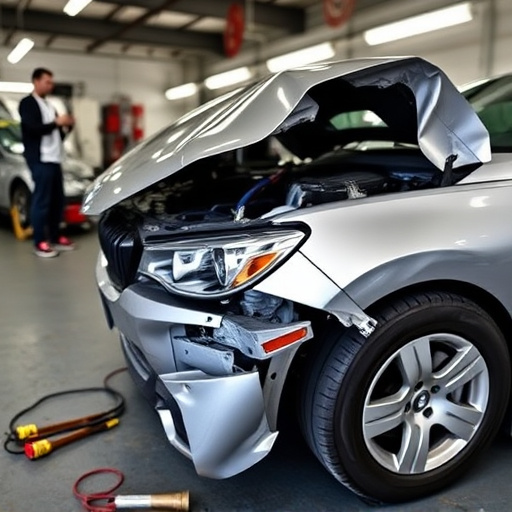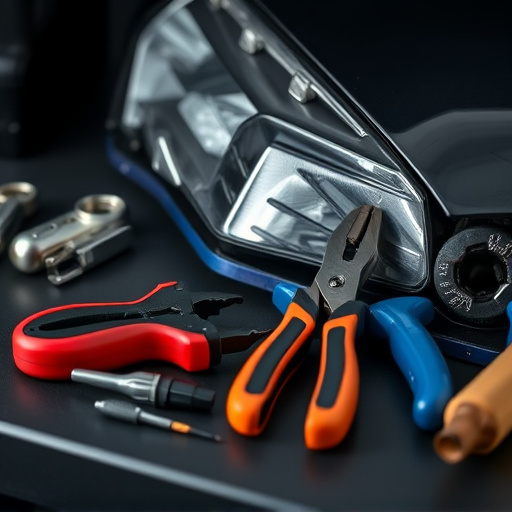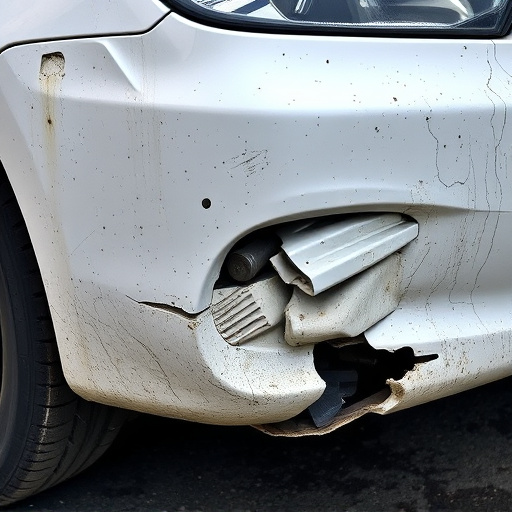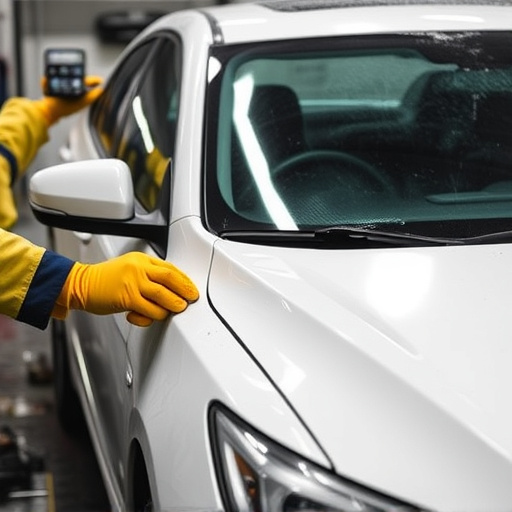Car repairs vary in turnaround time based on severity: minor (dent removal, within days), moderate (balanced care, tailored solutions), and major (complex, multi-stage, extended timelines). Each type demands specific techniques and equipment, impacting repair completion timeline while aiming for optimal vehicle aesthetics, safety, and performance.
The repair completion timeline varies significantly based on damage severity, impacting both residential and commercial properties. This article delves into three key categories: minor damages with their quick turnaround times; moderate repairs balancing speed and care; and major restorations, which are time-intensive processes requiring meticulous attention to detail. Understanding these differences is crucial for setting realistic expectations and fostering effective communication between property owners, insurers, and contractors.
- Minor Damages: Quick Turnaround Times
- Moderate Repairs: Balancing Speed and Care
- Major Restorations: Time-Intensive Processes
Minor Damages: Quick Turnaround Times

When it comes to minor damages on vehicles, such as small dents or scratches, the repair completion timeline is typically much shorter compared to more severe cases. Minor car dent removal or paintless dent repair processes can often be accomplished within a single day or at most, a few days. This swift turnaround time is attributed to the less intensive work required; technicians can use specialized tools and techniques without extensive sanding or repainting, speeding up the whole process.
These quick turnaround times are not only convenient for vehicle owners but also ensure that their cars remain in good condition, minimizing downtime and potential further damage. Efficient car body restoration for minor issues is a significant advantage, allowing busy individuals to get back on the road promptly without compromising on the vehicle’s overall aesthetics.
Moderate Repairs: Balancing Speed and Care

When it comes to moderate damage repairs, such as a dented fender or a cracked bumper, finding the right balance between speed and care is paramount. While swift repair completion timelines are appealing, especially for those needing their vehicle back on the road quickly, sacrificing meticulous attention to detail can lead to subpar outcomes. After all, these minor yet significant fixes contribute to your overall driving experience and safety.
Auto repair near me services often recognize this delicate equilibrium and offer tailored solutions. Skilled technicians employ advanced techniques like frame straightening to realign damaged components without compromising structural integrity. Alternatively, for less severe cases like bumper repairs, efficient processes are implemented while maintaining the precision required to ensure a seamless fit and finish. This balanced approach not only guarantees faster turnaround times but also preserves the vehicle’s aesthetic appeal and long-term performance.
Major Restorations: Time-Intensive Processes
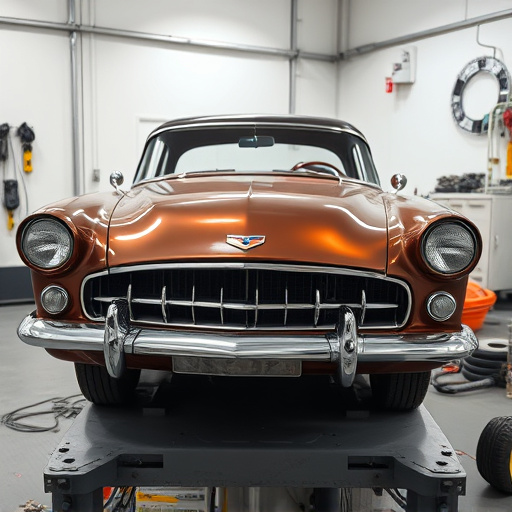
Major restorations, often characterized by extensive damage to a vehicle’s structure or appearance, are intricate and time-intensive processes. These repairs require skilled technicians and specialized equipment, leading to longer repair completion timelines. In such cases, auto repair services might involve multiple stages, from assessing the damage and acquiring necessary parts to complex rebuilding or replacement work. Car bodywork services, for instance, may include panel replacement, frame straightening, and meticulous paintwork to ensure a flawless finish.
The complexity of major restorations means that tire services or minor fixes can take a backseat during the initial stages. As a result, customers should expect more prolonged waiting times when dealing with significant damage. However, this extended timeline is crucial for achieving high-quality outcomes and ensuring safety standards are met across all aspects of the repair process.
In conclusion, the repair completion timeline varies significantly based on damage severity. Minor damages can be addressed swiftly, while moderate repairs require a balance between speed and meticulous care. Major restorations, due to their complexity, demand substantial time. Understanding these differences is crucial for setting realistic expectations and ensuring optimal customer satisfaction during the restoration process.
